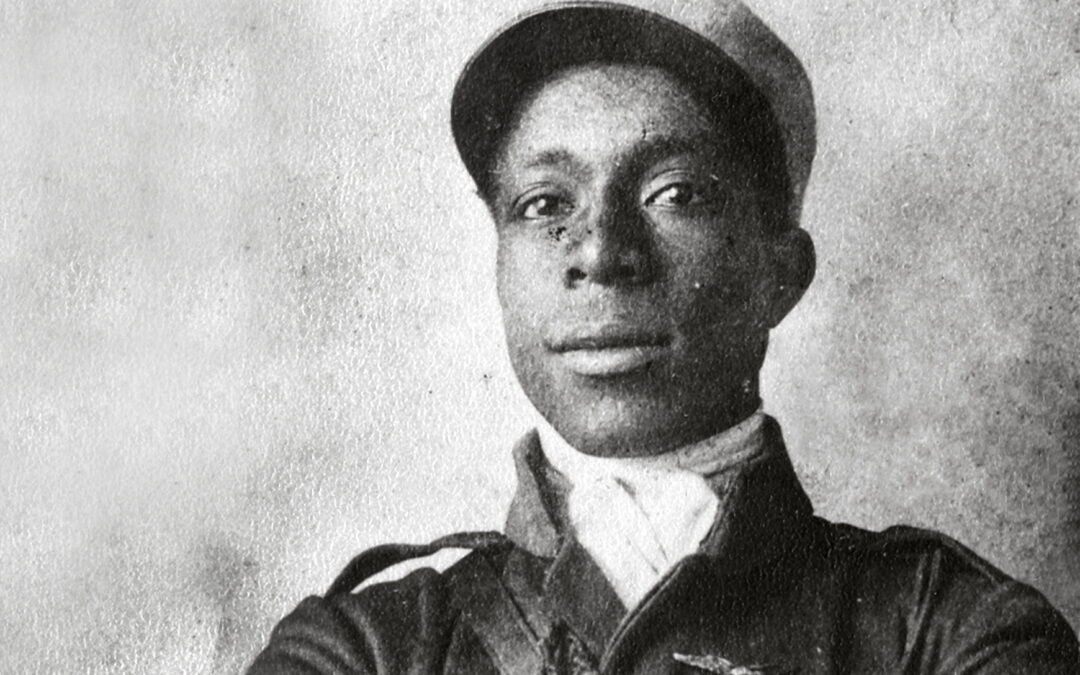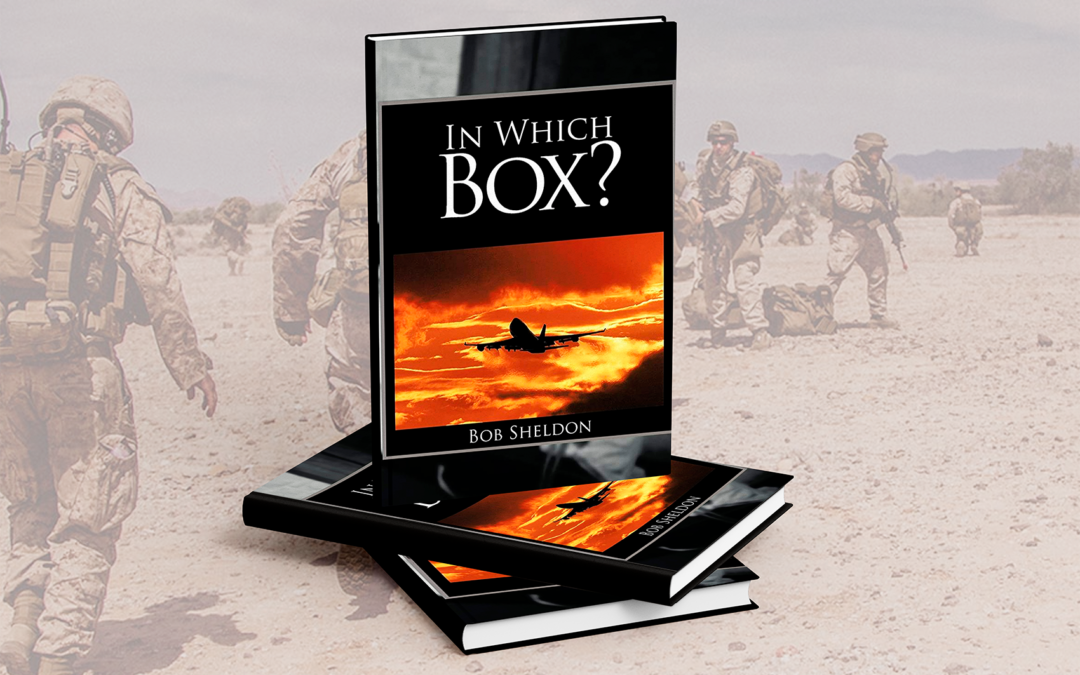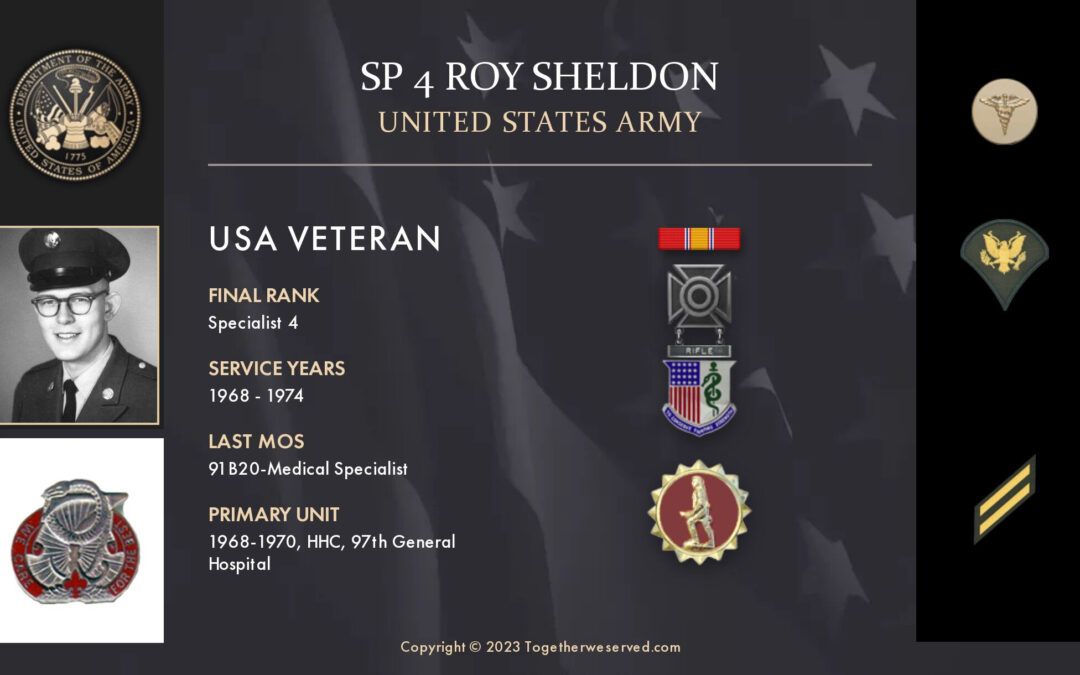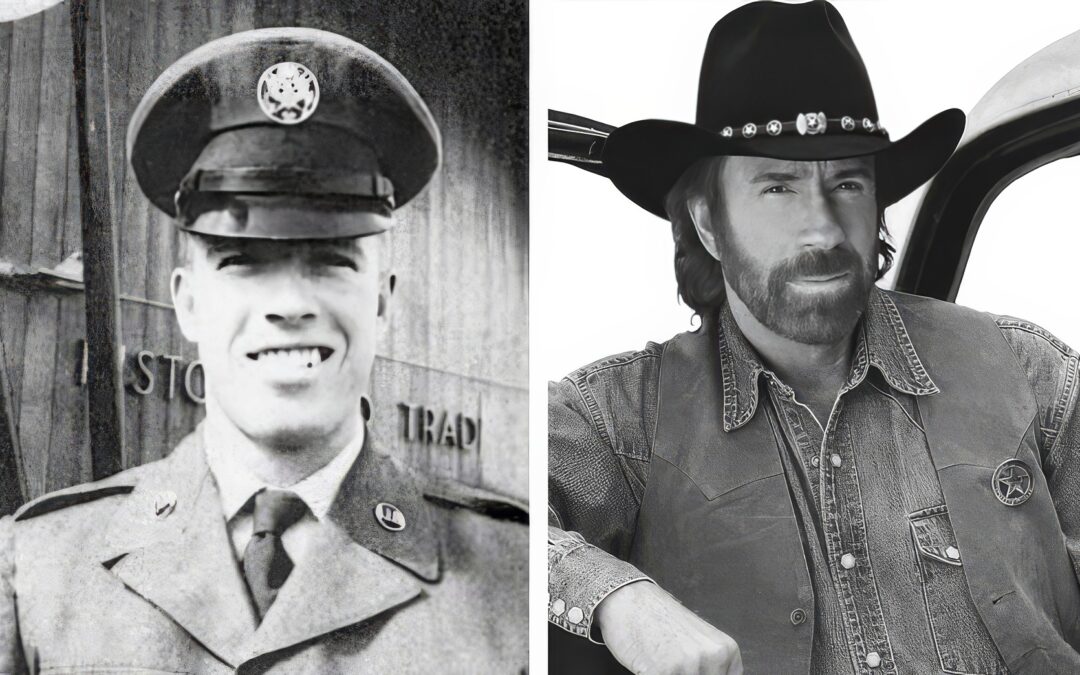It was 1943, WWII was raging in the South Pacific. I was a senior sitting in the Chapel at Linfield College, heartbroken at watching fresh gold stars replace the white ones each day on the American Flag that draped the proscenium arch. Each gold star represented the death of one of my Class of ’42 buddies who had sat in the Chapel with me less than a year before.











